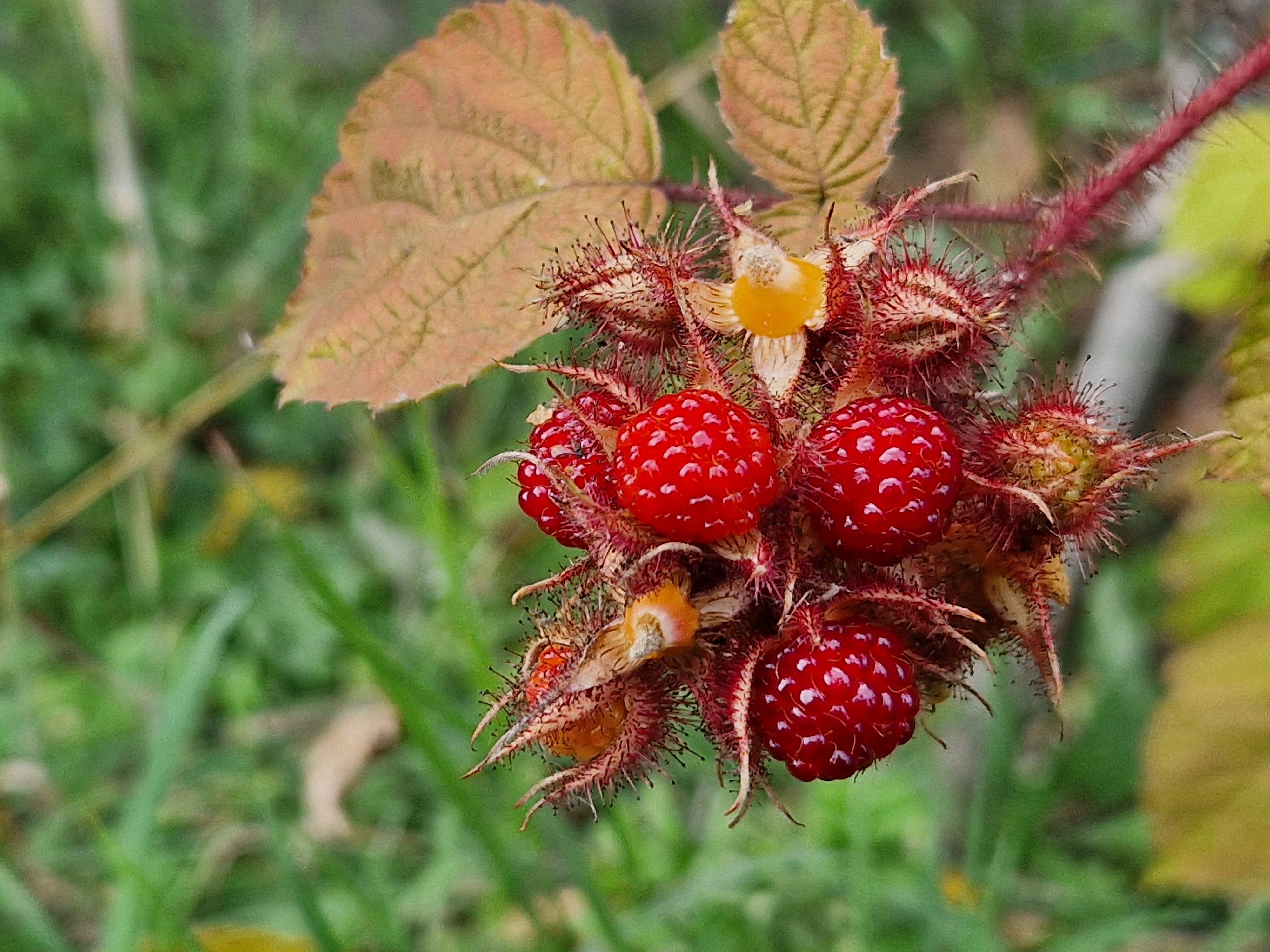
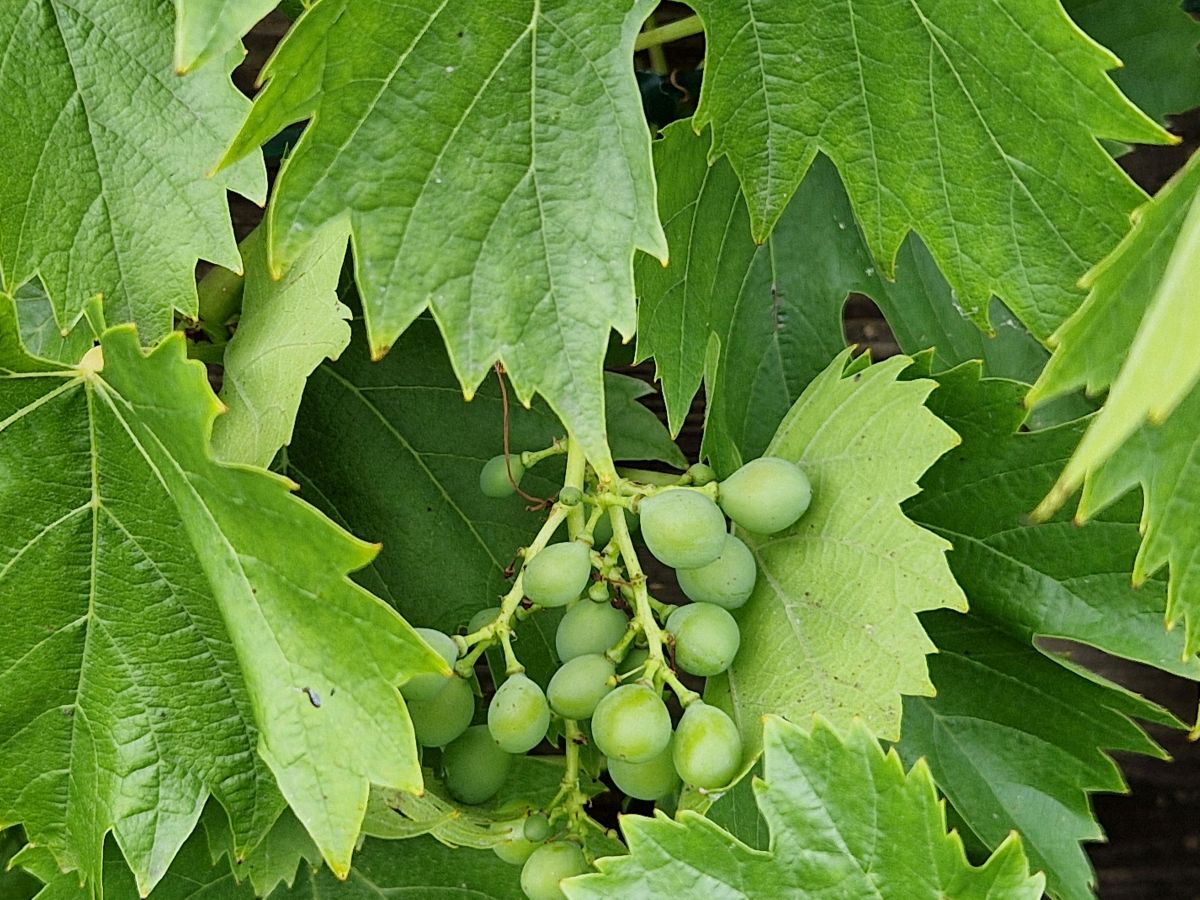
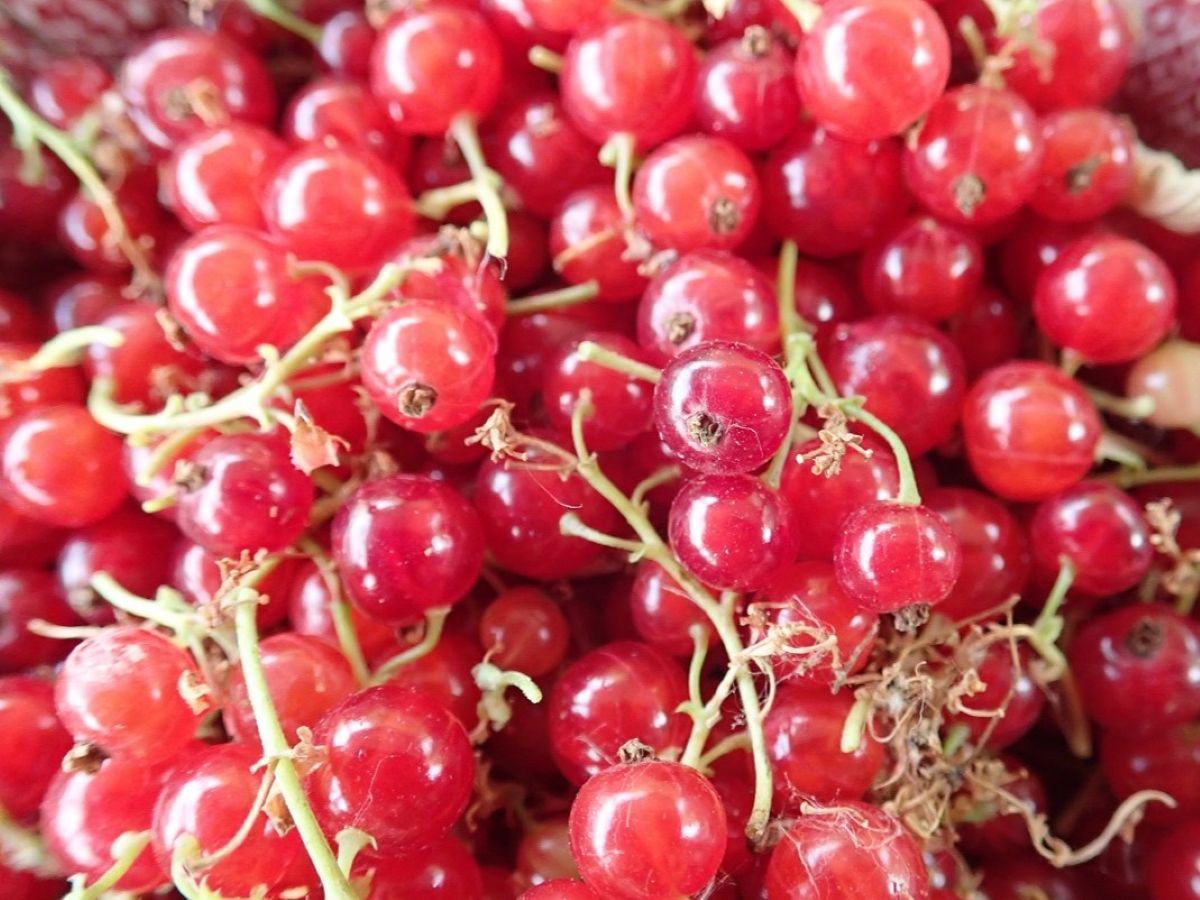
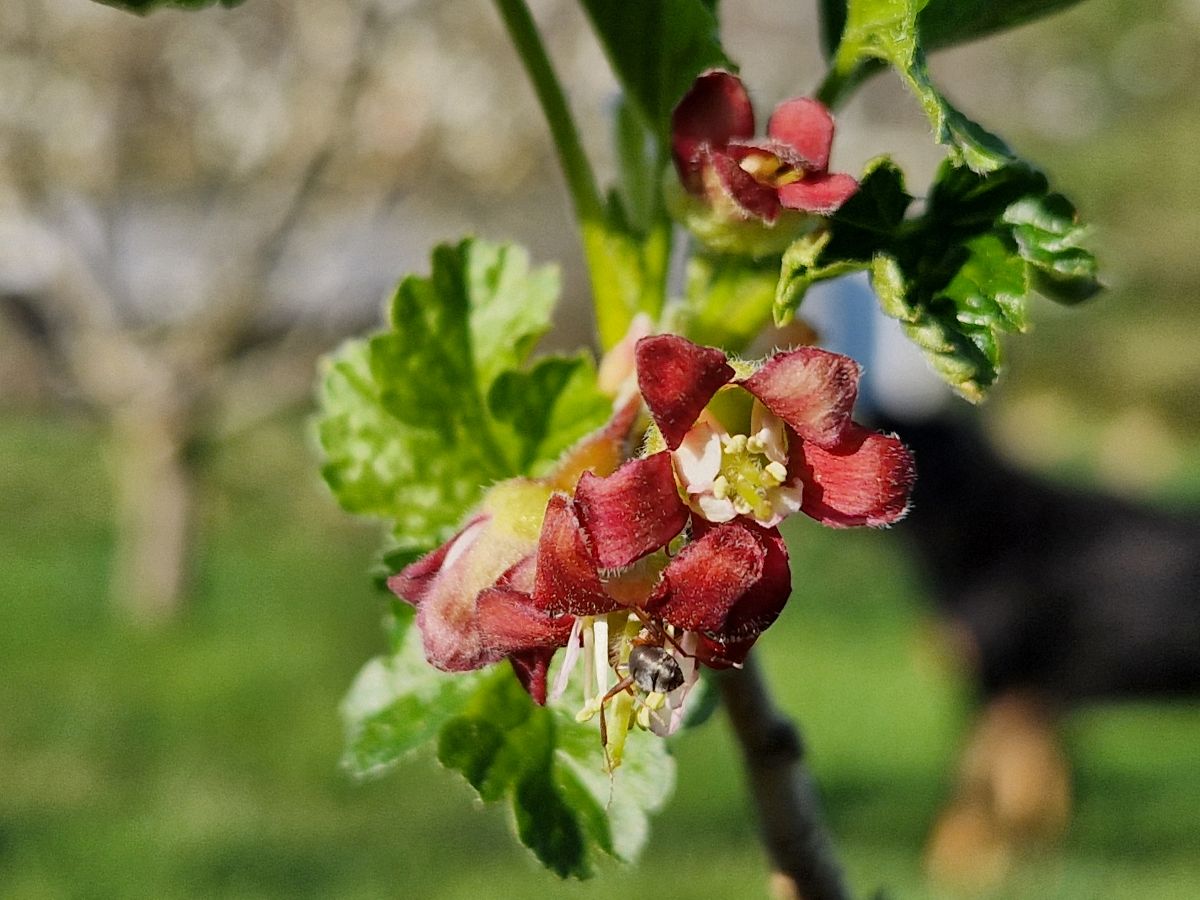
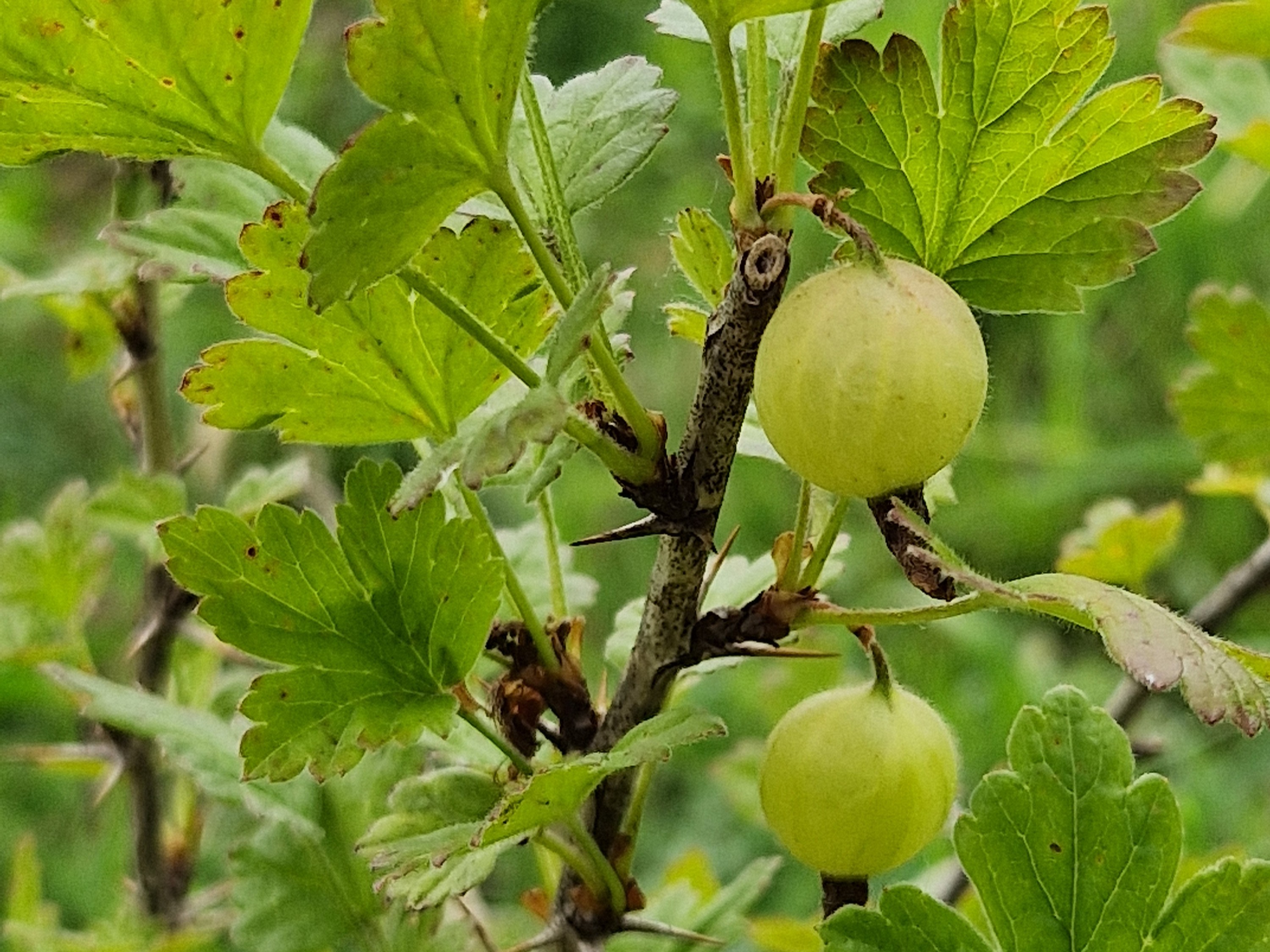
A Garden of Berries, a Harvest of Happiness
15/07/2025
What could be more delightful than taking a tour of the garden and tasting a freshly picked strawberry or redcurrant or harvesting some raspberries for in your yoghurt? Berries in the garden, pure joy. Not just delicious, but also healthy, packed with vitamins, antioxidants and fibre.
Berries fit perfectly into a natural garden, as the flowers provide food for bees and butterflies with nectar and pollen, and the fruits, in turn, are enjoyed by birds and small mammals. Most berry bushes are self-pollinating, which means that, in principle, one plant is enough to bear fruit - provided enough pollinators are active. If you have enough space, it still pays to plant several bushes and preferably of different varieties. Cross-pollination gives you a better yield, nicer and larger fruits, a longer harvest period and more genetic variation.
By berries we mean fruit varieties that grow on bushes or low trees and produce relatively small fruits. Their compact growth makes them ideal for any garden, even in pots on a terrace or balcony. They require little maintenance and give back a lot quickly. So a great added value for any ecological garden.
Raspberry, blackberry and Japanese wineberry belong to the Rubus genus of the rose family. They often bear thorns (although thornless varieties also exist) and grow with long stems that need to be guided or tied up. Raspberries make root shoots and can spread quickly, while blackberries and Japanese wineberry are more climbing. Blackberries, in particular, can take up a lot of space if you don't keep them in check. Red currant, black currant, gooseberry and jostaberry belong to the Ribes genus. These are compact, bushy, upright shrubs that also do well in solitary settings. Gooseberries remain slightly lower and broader in shape.

Some of our favourites:
- Raspberry - My personal favourite! Combine summer and autumn raspberries for a harvest from June to September.
- Blackberry - Large, juicy black berries in late summer. Caution: blackberries can proliferate and are therefore best grown on wire
- Japanese wineberry - A small, glossy, sticky fruit with fresh flavour, visually a real eye-catcher. The fragile fruit should be eaten soon after picking.
- Red and black currant - Bunches of white, red, pink or black berries. Red currant are a bit more acidic, but all are delicious mixed into a berry coulis with ice cream. Tip: coulis can easily be frozen when the harvest peaks.
- Jostaberry - A thornless cross between black currant and gooseberry. Slightly acidic, great for jam, jelly and juice.
- Gooseberry - In green, yellow or red. Fresh sour to sweet. Old-fashioned tasty, though the spines are sometimes a challenge when picking.
- American blueberry- This is the American cousin of wild blueberries. They have larger and sweeter fruits, like acidic soil and grow slowly. But definitely worth the wait.
- Strawberry - Delicious, propagates quickly and ideal for pots on balconies and in urban gardens.
- Grape - Climbing plant with beautiful foliage, perfect for pergolas and sunny walls.
- Fig - Juicy, sweet, nutritious. Raw or processed, a real treat!
For this blog, we'll stick to the classics, although you can of course go more exotic with kiwi berry, loganberry or tayberry (crossing blackberry & raspberry), kiwi fruit, goji berry or myrtle berry. The choice of berries and their numerous varieties are endless and that is what makes it so fascinating, we are still discovering them ourselves.
Also in the mood for healthy garden sweets? Here are some more tips: berries are best planted between mid-November and February, in a sunny spot with at least 6 hours of sunlight, sheltered from the wind and in well-drained soil. It is best to give compost about 3 times a year and, depending on the species, prune back branches after fruiting or in winter. It is best to keep the bushes airy so that sunlight can penetrate for good production.
Frank, meanwhile, also has his certificate 'Diversifruit' as a pruner of fruit trees and small fruits in his pocket, so be sure to contact us for advice on varieties or pruning or advice on shape and maintenance pruning per berry species.
Have fun and enjoy!
Have fun and enjoy!
Comments
- Het water liep me uit de mond bij het lezen van je blog 😊 (Johan)
Add a comment


